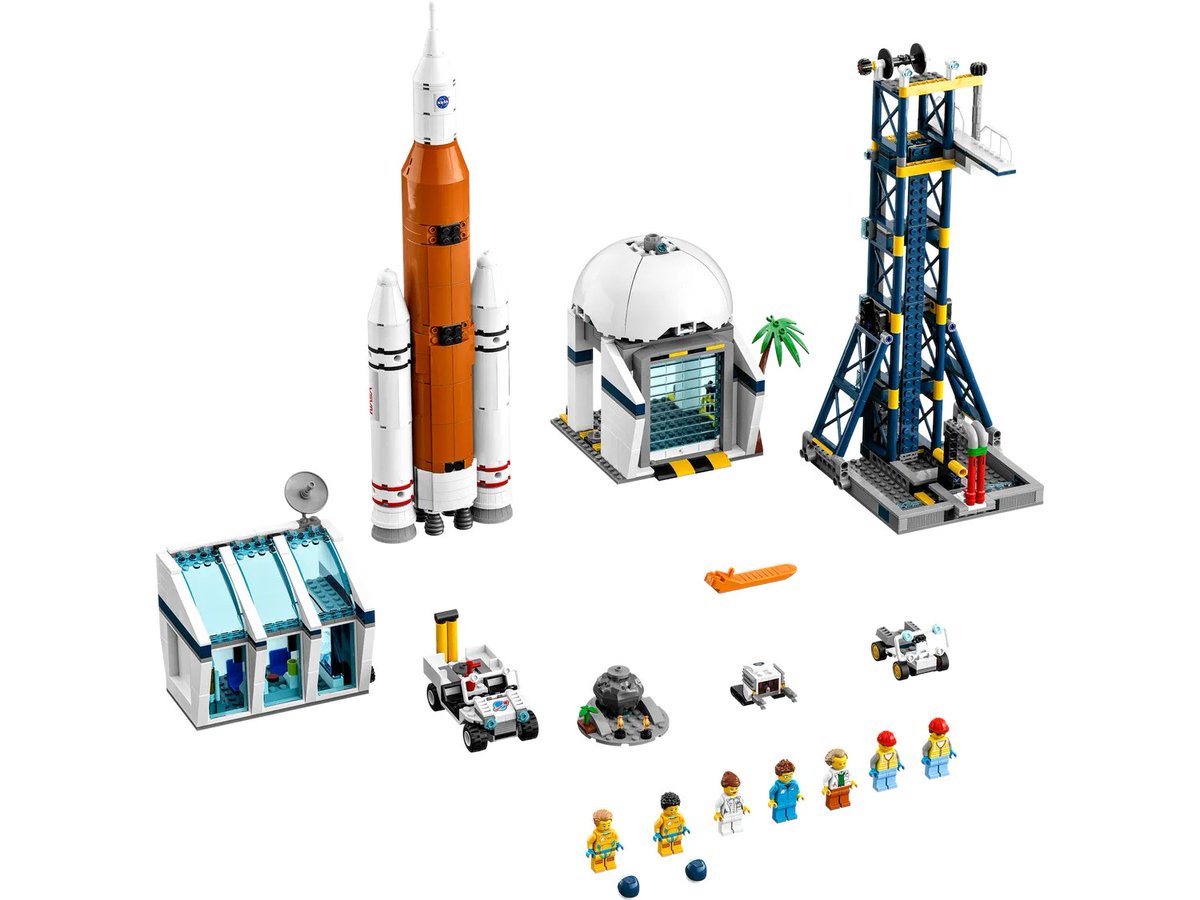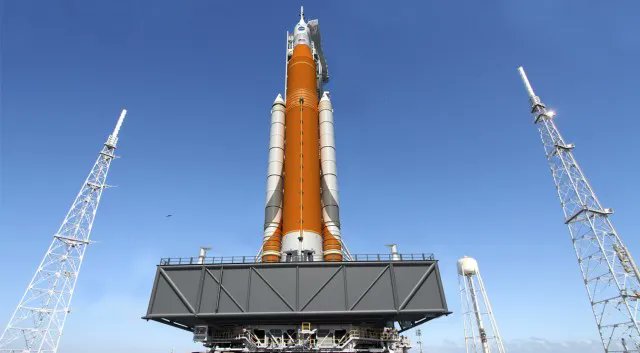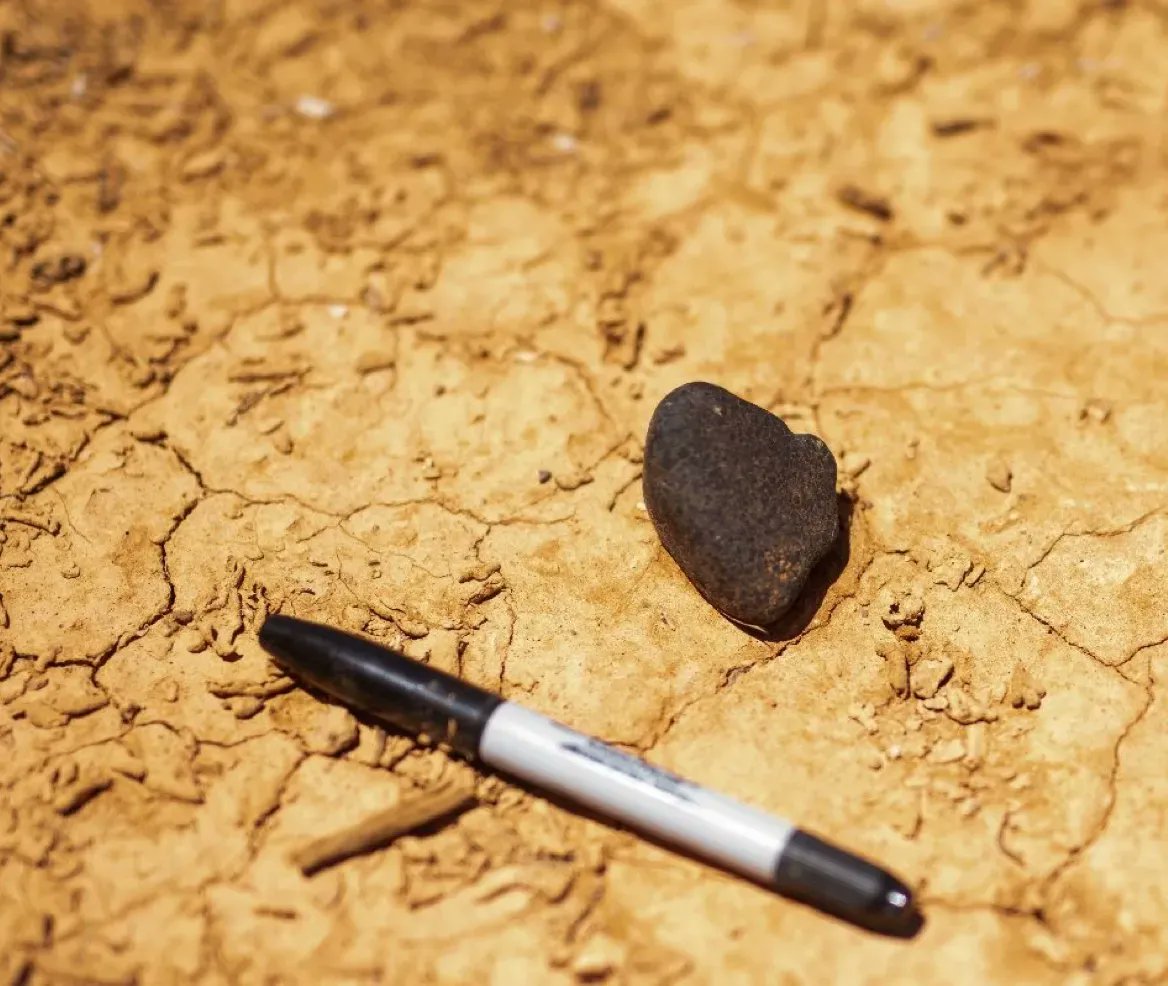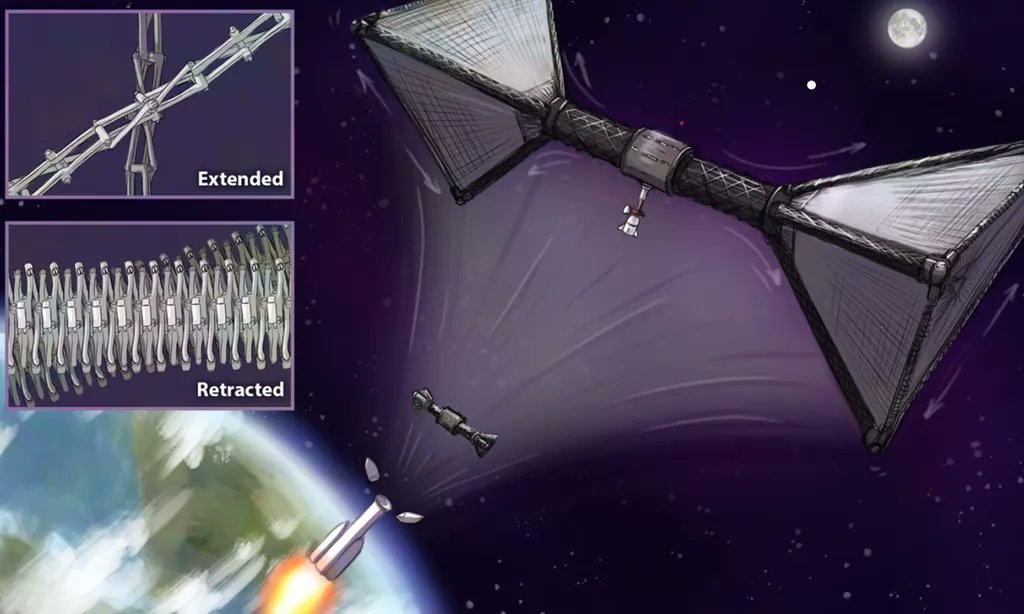If humanity is ever going to find life on another planet in the solar system, it’s probably best to know where to look. Plenty of scientists have spent many, many hours pondering precisely that question, and plenty have come up with justifications for backing a particular place in the solar system as the most likely to hold the potential for harboring life as we know it. Thanks to a team led by Dimitra Atri of NYU Abu Dhabi, we now have a methodology by which to rank them.
Continue reading “Here are the 7 Best Places to Search for Life in the Solar System”LEGO Releases the new Rocket Launch Center set, Recreating the Artemis Moon Missions
One way to inspire kids to get interested in STEM is to introduce them to it at an early age. Lego is one of the best gateways to that interest, and the company has been busy churning out space-themed toys for most of its existence. Now another entry has joined that long, distinguished line of interlocking brick system designs – the Rocket Launch Center, #60351.
Continue reading “LEGO Releases the new Rocket Launch Center set, Recreating the Artemis Moon Missions”40 Telescopes Watched the Sun as the Parker Solar Probe Made its Most Recent Flyby
Sometimes in space, even when you’re millions of kilometers from anything, you’re still being watched. Or at least that’s the case for the Parker Solar Probe, which completed the 11th perihelion of its 24 perihelion journey on February 25th. While the probe was speeding past the Sun, it was being watched by over 40 space and ground-based telescopes.
Continue reading “40 Telescopes Watched the Sun as the Parker Solar Probe Made its Most Recent Flyby”According to a US Auditor, Each Launch of the Space Launch System Will Cost an “Unsustainable” $4.1 Billion
This will likely come as a surprise to no one who has closely watched the development of NASA’s next giant rocket, the Space Launch System (SLS), but it’s going to be expensive to use. Like, really expensive – to the tune of $4.1 billion per launch, according to the NASA Inspector General. That’s over double the original expected launch cost.
Continue reading “According to a US Auditor, Each Launch of the Space Launch System Will Cost an “Unsustainable” $4.1 Billion”Future Mars Explorers Could be Farming Oxygen From Landscapes Like This
Viking’s biochemistry experiments have been among the most hotly debated scientific results of all time. The lander famously collected samples from the Red Planet in 1976, in an experiment called “Label Release.” Scientists watched with bated breath as oxygen was released from the sample after it was subjected to a liquid slurry. They were then left scratching their heads as that oxygen production continued after the sample was sterilized via 160 degree C heat. Scientists now really agree that the oxygen production that Viking noticed was an abiotic process. But that also leads to a potential opportunity as some scientists think we can make oxygen farms out of a system similar to that used on Viking itself.
Continue reading “Future Mars Explorers Could be Farming Oxygen From Landscapes Like This”A Meteorite Recently Crashed Into Australia. A Drone Scoured the Area and Found it
Drones have become more and more ubiquitous in recent years. From recently discovering the Endurance to participating in wars, drones have made history in more ways than one. Now they have a new job title to add to their resume – meteorite hunter.
Continue reading “A Meteorite Recently Crashed Into Australia. A Drone Scoured the Area and Found it”Testing an Antenna That Will Float in the Atmosphere of Venus
Radar is finicky. It is extraordinarily useful for a multitude of tasks, but testing it for some particular tasks is complicated since almost everything interferes with it. That challenge is particularly acute when testing an antenna that is supposed to be used in space, which is why a team from the SENER engineering group in Spain decided to take a novel approach to testing the radar antenna the European Space Agency (ESA) plans to use for EnVision – they suspended it from a balloon.
Continue reading “Testing an Antenna That Will Float in the Atmosphere of Venus”If Russia Backs out of the ISS, SpaceX Could Help Keep the Station Operational
The ongoing conflict in Ukraine has wide-reaching implications, not only in the geopolitical sphere but also outside of the atmosphere. On the International Space Station (ISS), Russians work alongside astronauts from other countries that are currently imposing economic and trade sanctions in an attempt to force their country to stop their invasion of their neighbor. It was only a matter of time before that conflict escalated to the point of arguments over the ISS, but this time an unlikely hero appeared to defend the interests of Western nations – Elon Musk.
Continue reading “If Russia Backs out of the ISS, SpaceX Could Help Keep the Station Operational”A Huge Rotating Kilometer-Scale Space Station Could be Launched From a Single Rocket
Artificial gravity remains the stuff of science fiction. But dealing with no gravity causes significant problems in many astronauts, ranging from bone deterioration to loss of sight. An alternative method that might eliminate some of these problems is “simulated gravity,” which uses a spinning structure to create centrifugal force that would have the same effect on the body as gravity would. Whether or not this would solve the problems caused by lack of gravity remains to be seen. Still, NASA seems keen on the idea – to the tune of a $600,000 NASA Institute for Advanced Concepts (NIAC) Phase II grant to a team from Carnegie Mellon University (CMU) and the University of Washington (UW) who is looking to develop a structure that can simulate full Earth gravity and be launched in a single rocket.
Continue reading “A Huge Rotating Kilometer-Scale Space Station Could be Launched From a Single Rocket”Mars Explorers are Going to Need air, and Lots of it. Here’s a Technology That Might Help Them Breath Easy
In situ resource utilization (ISRU) is still a very early science. Therefore, the technology utilized in it could be improved upon. One such technology that created one of the most useful materials for ISRU (oxygen) is MOXIE – the Mars OXygen In-situ Resource Utilization Experiment. A small-scale model of a MOXIE was recently tested on the Perseverance last year. Its primary goal is to create oxygen out of the Martian atmosphere.
Continue reading “Mars Explorers are Going to Need air, and Lots of it. Here’s a Technology That Might Help Them Breath Easy”









